Pixar’s 2007 animated film “Ratatouille” charmed audiences worldwide with its tale of Remy, a rat with extraordinary culinary talents who dreams of becoming a chef in Paris. While the movie takes creative liberties with rat behavior and abilities, it also incorporates surprising scientific accuracy in its portrayal of these often-misunderstood rodents. From their heightened senses to their social structures, the film’s depiction of rats contains more truth than you might expect. Let’s explore what science actually tells us about the rats in Ratatouille, separating fact from fiction in this beloved animated classic.
The Species Behind Remy: Brown Rats in Focus

Remy and his colony in Ratatouille are portrayed as brown rats (Rattus norvegicus), also known as Norway rats or common rats. This is scientifically accurate for the film’s setting, as brown rats are indeed prevalent throughout Europe, including France. These highly adaptable rodents have successfully colonized human-inhabited areas worldwide, becoming one of the most widespread mammal species on the planet. Brown rats typically grow to about 9-11 inches in body length, with tails adding another 7-9 inches, and weigh between 12-16 ounces when fully grown.
The film’s depiction of the rats’ physical appearance is largely accurate, including their pointed snouts, rounded ears, and long, scaly tails. The animators at Pixar studied real rats extensively to capture their movements and physical characteristics, even bringing live rats into the studio for observation. The main artistic liberty taken was making Remy blue-gray in color to distinguish him visually from the other brown rats in his colony, as this coloration would be extremely rare in wild brown rat populations, though not impossible due to genetic mutations.
Extraordinary Sense of Smell: Remy’s Superpower

One of Ratatouille’s most scientifically accurate aspects is its portrayal of Remy’s exceptional sense of smell. In the film, Remy can identify individual ingredients in complex dishes and detect subtle flavor combinations—a talent that, while dramatized, is based on real rat biology. Rats possess approximately 1,000 functional olfactory receptor genes, compared to humans’ roughly 400, giving them a remarkably sensitive olfactory system. This allows them to detect odors at concentrations 100 to 1,000 times lower than humans can perceive.
The film’s visualization of scent as colorful swirling vapors is a creative way to illustrate how rats experience the world primarily through smell. This sensory advantage helps wild rats locate food sources, detect predators, and navigate complex environments. Research has shown that rats can detect certain odors in just one sniff and can remember thousands of different smells throughout their lifetime. They can even detect certain compounds at concentrations as low as 0.1 parts per billion, making them valuable in fields ranging from disease detection to locating explosives.
Taste Perception: How Rats Really Experience Flavor
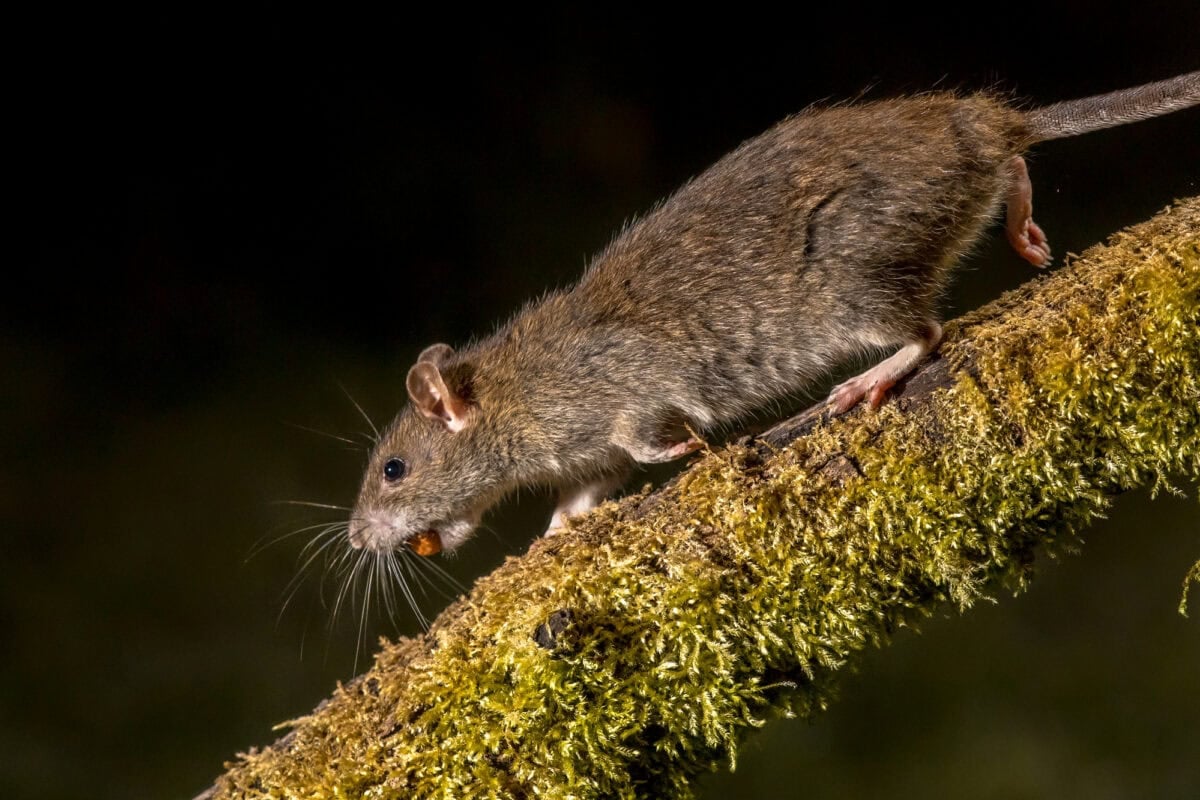
Remy’s passionate appreciation for fine cuisine in the film raises questions about rats’ actual taste perception. Scientifically speaking, rats do have a well-developed sense of taste, with approximately 1,000 taste buds compared to humans’ 9,000. Despite having fewer taste buds, rats can still distinguish between sweet, salty, sour, and bitter flavors, with a particular sensitivity to bitter tastes that helps them avoid potentially toxic substances in the wild. They also possess a fifth taste receptor for umami (savory flavors), which is particularly important for identifying protein-rich foods.
Unlike the film’s portrayal, real rats are naturally neophobic, meaning they’re cautious about trying new foods. This is an evolutionary adaptation that helps them avoid poisoning. When encountering unfamiliar food, rats typically sample only a small amount and wait to see if negative effects occur before consuming more. However, the film does accurately portray how rats, once they determine a food is safe, can develop strong preferences for certain flavors. Studies have shown that rats can be quite discerning about food quality and will choose more nutritious options when available, suggesting they may indeed have some basis for “culinary preferences” as depicted in Remy’s character.
Standing Upright: The Biomechanics of Rat Posture

Throughout Ratatouille, Remy frequently stands and walks on his hind legs, a behavior that appears anthropomorphized but has some basis in reality. Wild rats can and do stand on their hind legs for short periods, primarily to sniff the air for potential threats or food sources. This posture, called “rearing,” is a natural part of a rat’s behavioral repertoire. However, the extended bipedal walking that Remy demonstrates would be physically impossible for real rats due to their skeletal structure and muscle development, which is optimized for quadrupedal movement.
Rats’ spines are horizontally aligned rather than vertically like humans’, making sustained upright posture biomechanically inefficient and physically taxing. Their center of gravity and hip structure are designed for four-legged locomotion, where they can reach speeds of up to 8 miles per hour. While laboratory studies have shown that rats can be trained to stand upright for brief periods using rewards, they would never naturally adopt this as their primary mode of transportation as Remy does in the film. This is one area where artistic license clearly takes precedence over biological accuracy for storytelling purposes.
Rat Intelligence and Learning Capacity
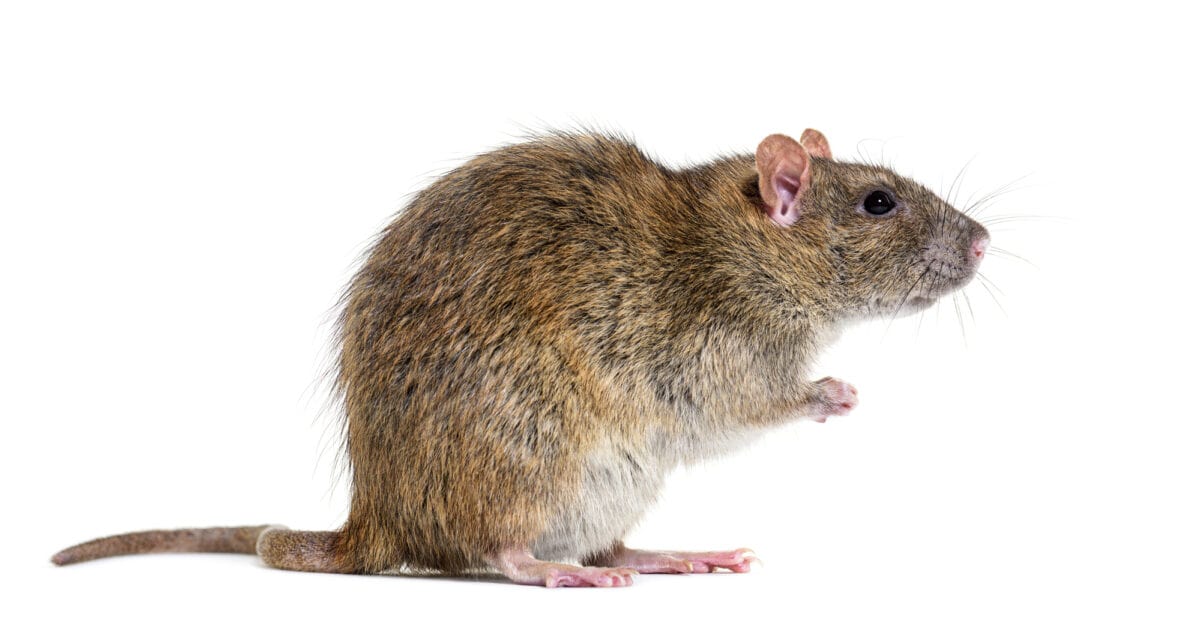
Remy’s ability to read, understand human speech, and master complex cooking techniques is pure fantasy, but the underlying premise of exceptional rat intelligence has strong scientific support. Rats are among the most intelligent rodents, possessing cognitive abilities that in some aspects rival those of dogs. They demonstrate impressive problem-solving skills, spatial memory, and social learning capabilities. Studies have shown that rats can learn to navigate complex mazes, operate simple mechanisms to obtain food rewards, and even play hide-and-seek with human researchers.
Rats exhibit metacognition—awareness of what they know and don’t know—a cognitive trait once thought unique to primates. They can remember the locations of up to 30 food caches and can recall which foods they’ve already retrieved. They’re capable of learning by observation, both from other rats and from humans, though not to the dramatic extent portrayed in the film. Research has demonstrated that rats can learn to recognize dozens of different objects and commands, though understanding human language and reading text remains firmly in the realm of fiction. Their actual intelligence is impressive enough—rats’ cognitive abilities have made them one of neuroscience’s most valuable research subjects for understanding learning and memory.
Social Structures: Rat Colonies and Hierarchies
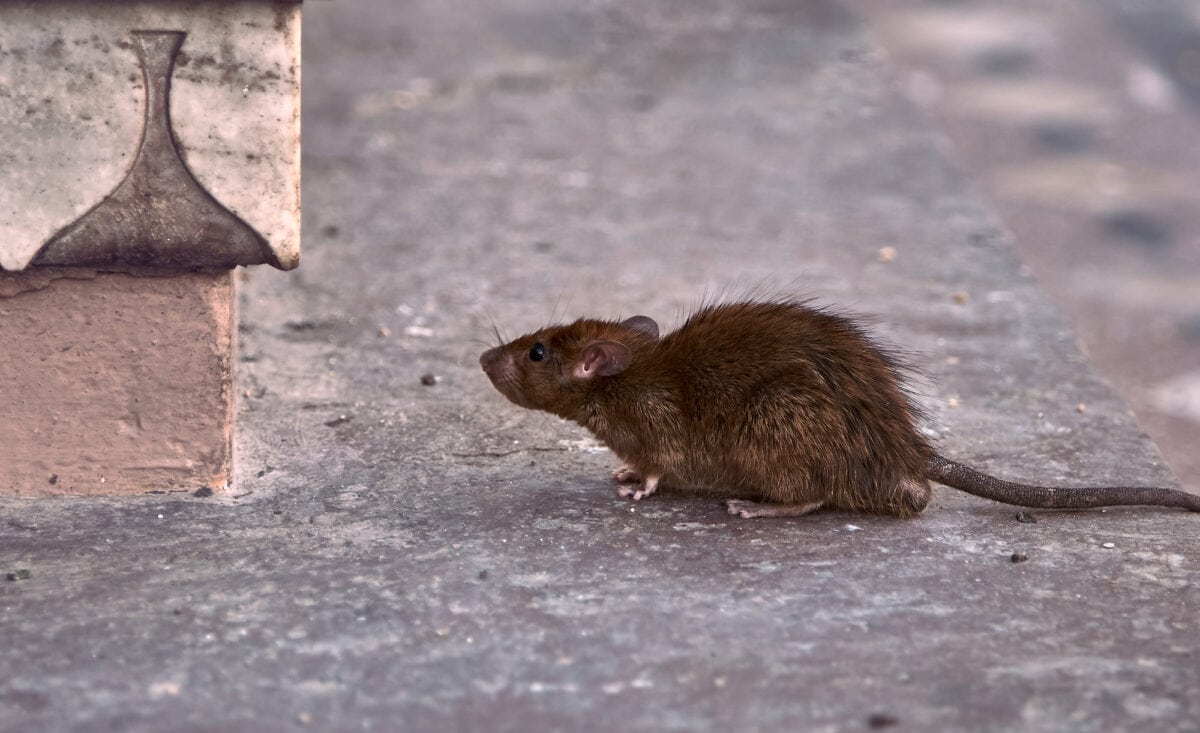
The film’s portrayal of rat colony life contains several scientifically accurate elements. Wild rats are indeed highly social animals that live in hierarchical groups called “mischiefs” or colonies that can range from a dozen to several hundred individuals. These colonies establish territories that they defend against intruders and develop complex social networks. Within these groups, rats form stable social hierarchies through various behaviors including grooming, playing, and occasional fighting to establish dominance, similar to the leadership dynamics portrayed between Remy’s father Django and the rest of the colony.
The film accurately depicts how rat colonies share information about food sources and potential dangers, though the actual communication occurs primarily through scent marking and ultrasonic vocalizations rather than the human-like conversations shown on screen. Research has documented that rats engage in prosocial behaviors, including helping other rats in distress and sharing food with hungry colony members. They can recognize individual colony members and form preferred social bonds, showing greater affinity for familiar rats than strangers. The film’s portrayal of a tight-knit colony with distinct personalities is anthropomorphized but reflects the genuine social complexity of rat communities.
Rat Communication: Beyond Human-Like Speech
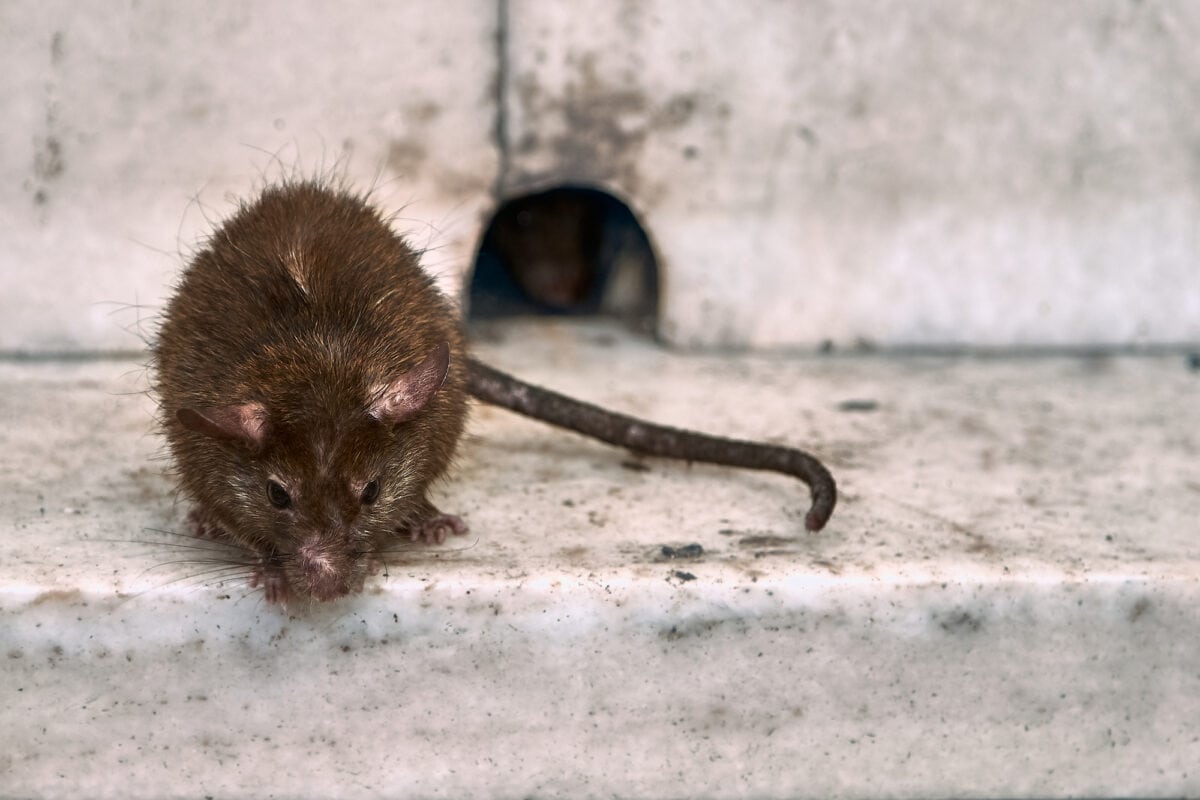
While Ratatouille portrays rats conversing in human language for storytelling purposes, actual rat communication is sophisticated in its own right. Rats produce three distinct types of ultrasonic vocalizations that humans cannot hear without specialized equipment. These high-frequency sounds (between 20-80 kHz) serve different communication functions: 22 kHz calls signal alarm or distress, 50 kHz calls indicate positive states like play or anticipation of rewards, and 40 kHz calls are made by rat pups when separated from their mothers.
Beyond vocalizations, rats communicate extensively through olfactory signals. They possess specialized scent glands and use urine marking to convey information about identity, reproductive status, territory boundaries, and food trails. Tactile communication through grooming, physical contact, and whisker positioning also plays a crucial role in rat social interactions. Though lacking the verbal complexity depicted in the film, rats’ actual communication system is remarkably effective for coordinating colony activities, warning about dangers, and maintaining social bonds. Recent research has even revealed that rat facial expressions can communicate emotional states to other rats, suggesting a level of emotional communication previously unrecognized in rodents.
Habitat and Adaptation: Rats in Urban Environments
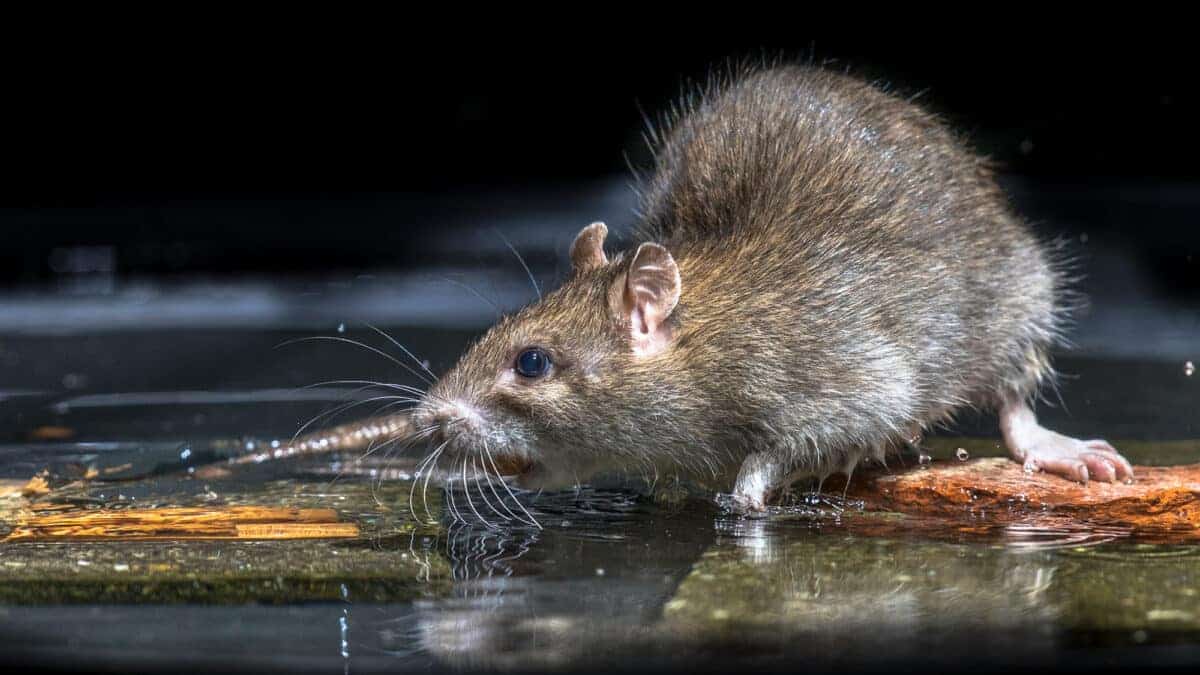
The film accurately portrays rats as highly adaptable creatures that thrive in human-built environments. Brown rats are commensal animals, meaning they have evolved to live in close proximity to humans while benefiting from human resources without providing anything in return. Their preference for human habitats is reflected in their scientific name, Rattus norvegicus, which is somewhat misleading since they actually originated in northern China and Mongolia before spreading worldwide through human trade and transportation. Their exceptional success in urban environments stems from several biological adaptations, including omnivorous diets, rapid reproduction, physical agility, and problem-solving intelligence.
Ratatouille depicts Remy’s colony living in the attic of a rural French home before relocating to Paris’s sewer system, which accurately reflects rats’ ability to inhabit diverse settings. Urban rats typically establish colonies near reliable food sources, whether in sewers, abandoned buildings, or food storage areas. They create nests from available materials and construct complex burrow systems when possible. Brown rats are excellent swimmers, as shown in the film’s sewer scenes, capable of swimming up to half a mile and surviving falls into toilet bowls or drainage pipes. They can squeeze through openings as small as half an inch in diameter due to their flexible rib cages, allowing them access to seemingly secure spaces. These adaptations have made rats one of the most successful mammalian species on Earth, with populations estimated in the billions worldwide.
Rat Handling and Control by Humans

The film’s portrayal of humans’ reactions to rats—predominantly fear and disgust—accurately reflects common attitudes toward these animals. This reputation isn’t entirely undeserved; wild rats can spread various diseases including leptospirosis, salmonellosis, and historically, bubonic plague (though modern rat populations in developed countries carry fewer pathogens than commonly believed). They can also cause property damage through gnawing, which they must do continuously to wear down their ever-growing incisor teeth. These factors have made rat control a priority in most urban areas worldwide.
The scene where the restaurant is shut down after health inspectors discover rat presence aligns with actual health code regulations in most countries. Food establishments with evidence of rodent infestations typically face closure until the problem is remediated, as rats can contaminate food with pathogens through their urine, feces, and fur. Modern rat control methods are more sophisticated than the shotgun approach used by the elderly woman at the film’s beginning, typically involving integrated pest management strategies combining exclusion techniques, habitat modification, and targeted use of rodenticides or traps. Contrary to the film’s portrayal of rats easily manipulating humans by pulling their hair, real rats would find such fine motor control physically impossible, and most humans would notice a rat’s presence on their body immediately due to their weight (averaging 12-16 ounces).
Domesticated Rats: The Friendly Counterparts

While Ratatouille focuses on wild rats, it’s worth noting that domesticated rats (also Rattus norvegicus) offer a different perspective on these animals. Domestic rats, often kept as pets, display remarkably different behaviors from their wild counterparts. They’ve been selectively bred for docility, handling tolerance, and reduced aggression for over a century, resulting in animals that form strong bonds with human caretakers. These rats actively seek human interaction, enjoy being handled, and can learn to respond to their names and simple commands.
Pet rats exhibit many behaviors that might remind viewers of Remy’s personality, including curiosity, playfulness, and affection toward humans. They can be trained to perform various tricks and tasks using positive reinforcement. Unlike wild rats, they lack fear of new foods and eagerly sample different flavors. Their intelligence makes them responsive to environmental enrichment and problem-solving opportunities. Domestic rats typically live 2-3 years (compared to wild rats’ average 1-year lifespan) and come in numerous color varieties not seen in wild populations, including the blue-gray coloration that Remy displays. The contrast between wild and domestic rats highlights how dramatically behavior can be modified through selective breeding, even while maintaining the same impressive cognitive capabilities.
The Reality of Rats and Food Preparation

The central premise of Ratatouille—a rat preparing gourmet cuisine—would be a serious health code violation in reality. Wild rats carry various pathogens in their fur, feet, and excretions that can contaminate food and cooking surfaces. They can harbor bacteria such as Salmonella and E. coli, as well as viruses and parasites that pose health risks to humans. In actual restaurant kitchens, strict sanitation protocols and pest exclusion measures are implemented specifically to prevent any rodent contact with food preparation areas. Health departments worldwide maintain zero-tolerance policies for rodent presence in food service establishments.
While the film presents a charming fantasy of a hygiene-conscious rat who washes his hands and avoids contaminating food, real rats groom themselves with saliva rather than water and would not understand human concepts of sanitation. Their natural behaviors include marking territories with urine and dragging their tails across surfaces, which would spread contaminants in kitchen environments. Even laboratory rats raised in sterile conditions carry microorganisms that wouldn’t be compatible with food safety standards. Despite these realities, Pixar’s decision to acknowledge the hygiene issue through the plot (including the restaurant’s initial closure and Remy’s unusual cleanliness compared to other rats) shows a thoughtful approach to balancing fantasy with a nod to real-world concerns.
Conclusion: Science and Storytelling in Harmony

Ratatouille succeeds as a film not because it perfectly adheres to rat biology, but because it thoughtfully integrates scientific truths with imaginative storytelling. The filmmakers clearly researched rat behavior, physiology, and social structures, incorporating enough accuracy to ground the fantasy elements in reality. From Remy’s heightened sense of smell to the colony’s social dynamics, these scientifically accurate details enhance rather than detract from the narrative. The artistic liberties taken—rats speaking, cooking, and walking upright—are conscious storytelling choices that allow the film to explore deeper themes of passion, talent, and finding one’s place in the world.
Perhaps what makes Ratatouille most scientifically significant is how it changed public perception of rats. The film challenged viewers to reconsider these maligned creatures, highlighting their intelligence, sensory capabilities, and individual personalities. In the years following the film’s release, pet rat adoptions increased, and several scientific studies cited the “Ratatouille effect” when discussing changing attitudes toward rats. By blending science with storytelling, Pixar created not just an entertaining film but also a cultural touchpoint that prompted millions to see rats through a more informed, empathetic lens. In this way, Ratatouille’s greatest scientific achievement may be how it inspired curiosity about the actual biology behind its animated stars.
- This Fish Has the Most Teeth in the Ocean—And Uses Them Well - August 9, 2025
- How Wolves Use Group Howls to Reunite With Pups - August 9, 2025
- 12 Dog Breeds That Form the Deepest Emotional Bonds with Their Owners - August 9, 2025

